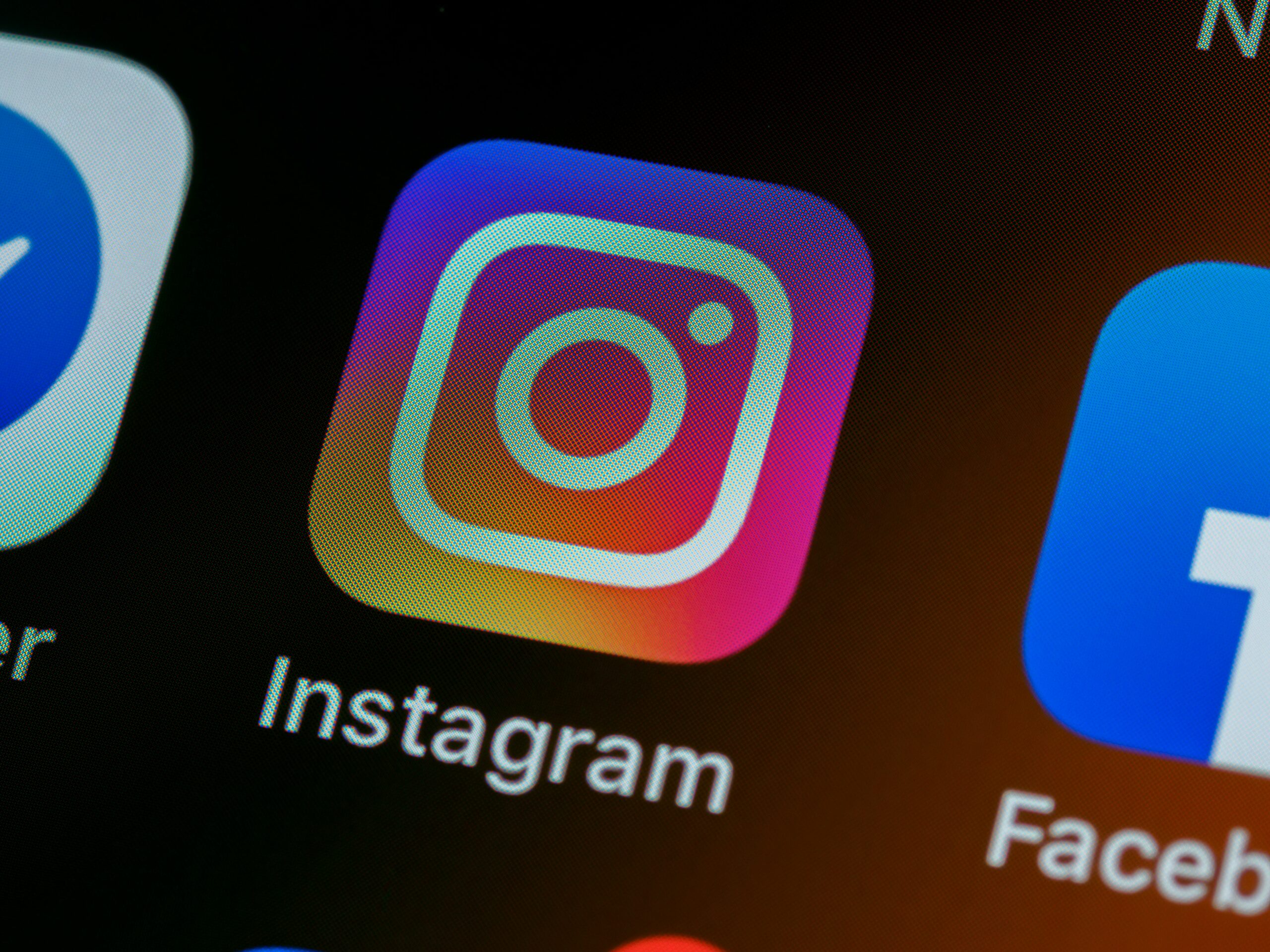Higher education in 2024 is a fiercely competitive world of universities constantly vying for the attention of the coveted Gen-Z demographic. These digital natives are the students of right now and the near future. They spend a significant chunk of their day scrolling through social media and have developed an innate ability to distinguish authentic content from sales pitches.
In the competitive world of higher education marketing, how can universities effectively connect with a discerning student audience? The key is in developing compelling content strategies that truly resonate. So, let’s dive in.
Today’s prospects, having grown up in an era of relentless advertising and constant information flow, demand more than just flashy banners and empty slogans. Their ability to quickly identify inauthenticity means that traditional hard-sell tactics are often ineffective. With the majority of their time spent on social media, it’s crucial for higher education marketers to focus their efforts in these digital arenas.
Authenticity is a significant draw for this audience, and they tend to trust brands that are endorsed by their peers. This explains why user-generated content (UGC), memes, and platforms like TikTok are exceptionally popular with Generation Z.
University marketers need to focus on delivering content that is not just specific and genuine, but also extraordinary. Tailoring content strategies to meet these expectations is essential in capturing the attention and interest of potential students in the higher education sector.
Content marketing basics
At the core of any successful content strategy in higher education marketing lies well-defined content pillars. Pillars are crucial for ensuring a balanced strategy that effectively reaches students throughout their academic journey. Ignoring search content may lead to missed conversion opportunities, while overlooking bottom-funnel content like success stories and testimonials can also be a lost chance. Therefore, striking the right balance in content strategy is imperative.
These content pillars should mirror the various stages of the marketing funnel, specifically tailored for higher education – encompassing awareness, consideration, application, and enrollment stages.
Effectively reaching and engaging your target audience, means content must address the specific needs and pain points at each stage of the student decision-making process. It’s vital to understand where students seek information at each stage and their preferred communication channels. This ensures that the content format you choose is relevant and impactful. Each piece of content should align with the messaging relevant to a specific consideration stage, creating a clear and compelling narrative.
Higher ed marketing teams should not overlook the trove of resources and content already available within their institution. By strategically repurposing existing content, you can save time and amplify the impact of your marketing efforts – a strategy that is both efficient, effective and easy for your content schedule.
User generated content
Gone are the days where squeaky clean, flawless content sees resounding success on social media. We’re now at a place where authenticity is treasured. UGC has entered the chat.*
Peer review power
Peer reviews offer far more credibility to university life than ranking tables or institutional self-promotion. These reviews and first hand stories share real student experiences, reflecting the uniqueness that each university provides. It’s in these narratives that the power of authentic UGC emerges.
1. The stories that students convey often uncover perspectives that marketing teams would find challenging, if not impossible, to produce – therefore lightening the load for marketing team’s workloads. Which is always a bonus!
2. Skepticism towards paid or sponsored content has undeniably grown over the past few years, especially when transparency around paid partnerships is lacking. But with UGC, organic stories can create micro-influencers and brand ambassadors without the financial overhead. Again – another win for university marketing teams!
3. UGC has the power to create strong online communities, both between students and the university. Encourage this sense of community further by using official hashtags. It’s the modern day word-of-mouth.
Maximising meme culture
There’s no denying it – memes are Gen Z’s preferred medium of communication, capturing a visual language of signs, signifiers and cultural codes that can’t quite be captured using plain ol’ words.
Memes can be a potent tool for engaging with students in higher education marketing, but they require a keen understanding of current trends and quick, responsive action. The nature of meme culture is fast-paced and constantly evolving, making it a challenging format for content that cannot be planned far in advance. To successfully use memes, content needs to be created ‘on-the-fly’ to capture digital wit effectively.
There are numerous instances where higher education institutions have attempted to use memes but missed the mark, either by misinterpreting the humor or joining a trend too late. Such missteps can backfire, often perceived as out-of-touch or ‘cringe-worthy’ in Gen Z terms. This highlights the importance of having a dedicated team member who is constantly attuned to social media trends and capable of producing timely and relevant meme content.
Given these challenges, higher education marketers are advised to carefully consider whether memes fit into their strategy. If there is a lack of resources or expertise to keep up with the rapid changes of meme culture, it might be more effective to focus on other content formats that are better aligned with the team’s capabilities and the institution’s marketing goals. This strategic consideration is crucial to ensure the effectiveness and relevance of digital marketing efforts in higher education.
Examples of university UGC
These universities have understood the assignment, and are actively using UGC as part of their content strategy:
- Western Illinois University – uses Hybrid’s in-house product Reeled to imbed previously siloed social media content into their university website. With the instantly recognisable Instagram story circle positioned around their university logo and in a user friendly floating widget — students intuitively click on the plug-in to get a window into the day-to-day life at WIU, all through the Reels on their socials.
- Boston University has consistently published UGC on their TikTok, and even has a pinned playlist on their profile titled ‘Why I chose BU’. This is done really well because it offers perspectives from different students that cover a range of different courses as well as reasons behind their choice. Within this mix, there’s sure to be a student who others identify and connect with.
- Wharton School uses their 155k subscriber Youtube channel to cover a range of different topics, from educational to engaging. Their use of UGC on their Youtube Shorts in particular is a good example of how universities should be covering all short form video platforms.
Which social media platforms should you be using?
Realistically (brace yourself reader, you may not like this answer), effective university marketing means having a presence on all social media platforms. That’s right – Facebook, Instagram, Linkedin, TikTok, Snapchat, Youtube, Twitter (sorry – ‘X’) – the works.
However, you can segment these into different categories based on how popular they are with students and therefore how frequently you should be posting on them. Think about the user audience for each platform and categorize accordingly, thinking about the type of content that should be published. Linkedin, Twitter and Facebook, for instance, would be an older audience – so more educational content about academics, accolades and alumni would be favored.
Whereas Youtube, Instagram, TikTok and Snapchat would be where you engage undergraduate students on more relevant topics for them and should be posted on more frequently. Remember, on these platforms – don’t take yourselves or the university brand too seriously. Your current and future students will thank you for it.
Future-proof your university marketing by connecting with Gen-Z on their terms. A relevant and well executed content strategy, in this day and age, is very much do or die – those who adapt will thrive, and those who don’t could get lost in the abyss of an oversaturated market.




